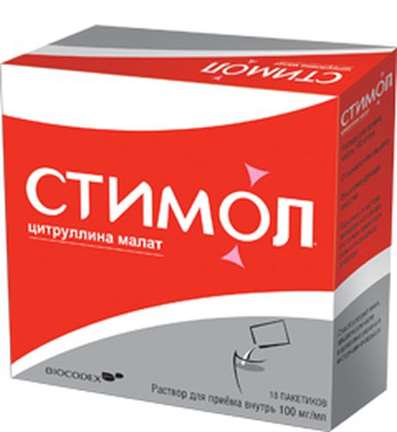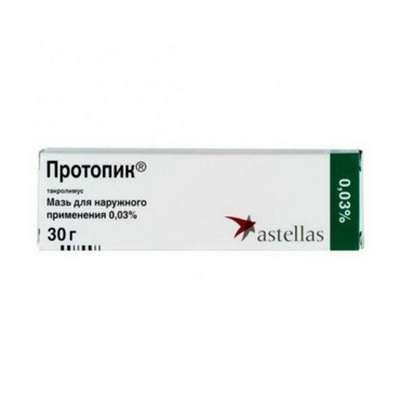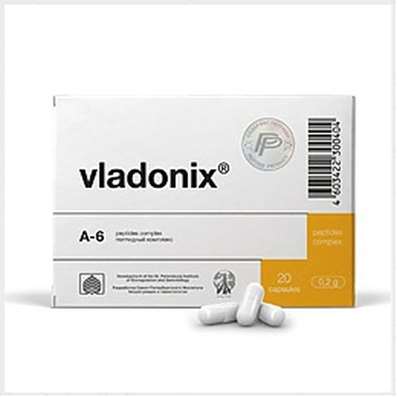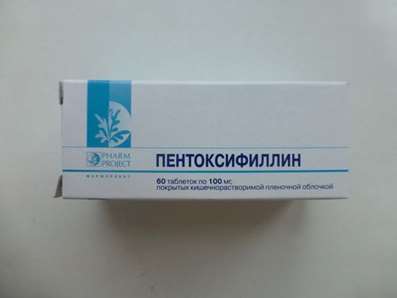Brain: Synapses Work
22 Oct 2016
Physiologist says about the work of neurotransmitters, the brain activity and chemical principles of operation of synapses.
Brain - this is a very complex machine, which is located in our skull. Inside the brain can distinguish many departments: the thalamus, hypothalamus, cerebellum, cerebral cortex. But if we dig deeper, we see that there, inside, there are nerve cells that make up the network. For nerve cells (or neurons) are very characteristic of the presence of processes, they are called axons and dendrites. Dendrites - these are processes that absorb information. They tend to be quite a lot, and they form something like a small plates antenna. The more of these processes, the greater the flow of information takes and processes the next neuron. A axon - is the process of transmitting the signal from the nerve cell the following cells: neurons and muscle cells, or cells of internal organs. That is the part of the nerve cell, which is located at the exit.
Accordingly, neurons do not function alone. They work, gathering in chains and networks. For such a network was formed, it is necessary that the axon of getting to the next cell and made contact. These contacts are called synapses, which in Greek means 'connection'. And synapses - a functional and structural unit of the nervous system. That is, in fact, the basic unit of the brain is not a neuron and synapse. It occurs at the synapse basic information processes and the signals are transmitted. Accordingly, while the information moves on the nerve cell, as it moves into electrical pulses. These impulses called action potentials and the action potential - a short burst of electrical current, facing up, then, what is called positive. And the action potential lasts somewhere one-thousandth of a second. And this action potential runs through the membrane of the nerve cell, across the membrane of the axon, reaches the synapse, and more electric transmission principle is replaced by a chemical principle. That is, instead of pulse jumped directly to the next nerve cell, the chemical agent is released from the axon endings, and the substance has the following effect on the cell.
To improve brain function I recommend to buy Phenotropil, Semax, Selank and Noopept.
Thus, the information is transmitted within neurons in electrical form, and between neurons - the chemical. This substance, which transmits the signal from the cell to the next cell, plays a great role in the brain in our body. Substances in this category are called neurotransmitters. The word "mediator" means 'mediator'. That is the substance - the mediator between the neuron and some next cell. Accordingly, the idea that there are synapses, contacts between neurons and cells following appeared in the late XIX century and early XX century is very actively discussed. There were two of the greatest histologist - Santiago Ramón y Cajal, Spanish, and Camillo Golgi, an Italian. They arranged a very heated discussion. Golgi believed that neurons directly connected to the neuron, it turns on the system as if you have a plug, you insert it into the slot, the signal is continuously transmitted. A y Cajal believed that there is still a gap between nerve cells, and in the end he was right. Although synapses are seen only in the middle of the XX century, when invented the electron microscope.
At the same time there was an idea that the signals at the synapses transmitted to the chemical form - in the form of a mediator, and, again, there are two great physiologist scientists, two great names - is Otto Loewi and Henry Dale, who received the Nobel Prize for his studies of chemical principles synapses work. Now we present the functioning of the synapse is enough detail, and it really begins with the fact that the electrical impulse "resort" in the end of the axon. This ending is called the presynaptic terminals. This is already the end of the ready is a neurotransmitter that is packaged in a special membrane vesicles. These bubbles called vesicles. To he got there, he, of course, need to first synthesize. Therefore, the first step in what is called the life cycle of a mediator, is the synthesis. That is, do you need a mediator. Typically, the mediator occurs synthesized directly in presynaptic terminals, these terminals axon and to it arose, it is necessary, first, a substance precursor and, secondly, a certain enzyme, which is a substance to transform a molecule mediator.
There was a mediator, then just as in the bubble vesicles it can not get there, because the membrane that surrounds the vesicle, although thin (there are two layers of lipid), but rather dense. And to substance enters the vesicles need a special transport protein. Proteins such groups are called proteins pumps. And protein pump takes from the cytoplasm of the presynaptic terminal and the mediator carries inside the vesicles. Vesicles can be compared with a packing for storage and later release of mediators. Moreover, this package has a fairly standard size, i.e. presynaptic vesicles in each end, generally have more or less fixed diameter, and each is an average of 7.8, perhaps thousands of molecules mediator 10. We accumulate these vesicles, and they are in the presynaptic terminal at the ready, in order to transmit a signal, if it comes the action potential. Comes the action potential, and the need to continue the electrical phenomenon, the movement of the electric pulse to turn into a movement of the mediator.
Mediator in this process are calcium ions. When it comes to action potential, special calcium channels open in the membrane of the presynaptic terminal. This is another category of protein - protein feeds. Channels look like such cylindrical protein molecules to pass inside. And this passage, this door opens into the presynaptic terminal at the time of the arrival of an action potential. There is a special valve, it is opened and a quantity of calcium ions is included in the presynaptic terminal, connected to the motor-specific proteins that provide the movement of the vesicles. The vesicles move to the end of the axon and burst, and the mediator is in a very narrow intercellular space between the axon and the next cell. This narrow space called the synaptic cleft.
It is very small, because the mediator is to as quickly as possible to reach the next cell to transmit information as quickly as possible. Because any trifling thoughts that arise in our brain - is a sequence of operation of tens of synapses. And imagine if every synapse worked long, long time to transmit a signal. Then we would have thought even slower than we think right now, so the speed in all these processes is very important. And important calcium. By the way, one of the ways to activate the brain - add calcium into the extracellular environment. Therefore, probably, many people know that a little more calcium in the diet - it is useful for many different systems of the body: for immunity, and for the heart, and the nervous system, and brain function. Here, for example, magnesium, calcium in the system interferes with, so magnesium salts, for example magnesium, conversely, inhibit the brain and the functioning of synapses have a clear inhibitory effect.
Thus, the mediator stood out from the end of the axon of the presynaptic terminal, then he reaches the next cell membrane following cell. This membrane is called the postsynaptic membrane. This is the second part of the synapse. The axon, synaptic cleft, postsynaptic membrane. At the postsynaptic membrane of the protagonist - protein receptors. This special sensitive proteins, which are tuned to the mediator molecule. That is yet another category of proteins. In general, proteins are essential for the brain to work synapse. I have already mentioned proteins pumps, protein feeds, but even receptor proteins. Accordingly, the protein receptor - is a molecular coil, which in 3D-structure has a dimple. This hole is called the active site, and the mediator is included in the active site, like a key in a lock. It is called - "key - lock - the interaction."
Accordingly, when the mediator is included in the active center of the receptor, it comprises a receptor and a receptor on signal transduction already provides the next cell. As a rule, this is due to the synthesis of additional molecules. This is called the second messenger molecule, another player in the system. Why is the secondary? Because the primary intermediary is itself a mediator. A second messenger - a molecule that occurs in the postsynaptic cell from the cytoplasm. And it is within the cytoplasm of the postsynaptic cell signaling continues. It is important second messengers: they may transmit a signal on enzymes, even in the DNA. But in terms of performance of the synapse it is important that they transmit the signal channels to proteins and to the channels not already for calcium and, for example, sodium. There the axon, it touches to the next cell, transmits a signal triggered receptors, and opened around the synapse channels for sodium.
Through these channels include sodium, sodium postsynaptic entry through the cell is excited and has thereon an electric pulse and a signal may be transmitted further. It is the most favorable outcome. If any bit of information successfully passed the synapse and is passed on, as a rule, its occurrence is associated just with the sodium entrance. Then we say that the next cell is excited, we call this exciting synapse and a neurotransmitter that causes the opening of sodium channels, we also call excitatory neurotransmitter. But this is only one of two possible outcomes. The fact that the nervous system is important to the information, but it is equally important not to carry out unnecessary information. Therefore, approximately half of the neurons and synapses does not use half of excitatory neurotransmitters, and brake.
It mediators that, on the contrary, cause the cell to lose the charge and reduce the likelihood of generating the action potential, generating an electrical impulse. To do this, a receptor, which acted mediator opens in its neighborhood, or for potassium channels or channels for chlorine. Through potassium channels potassium exits the cytoplasm, the cell loses its positive charge, resulting in overall charge in it is smaller, the probability of generation of pulses falls, that is unnecessary signals are not conducted. Through channels for chlorine includes chlorine ions are negatively charged, again, the cell loses its charge, and the probability of occurrence of the pulse drops too. As a rule, each nerve cell axon is suitable not one, but hundreds and even thousands of, and adjacent axons can work with excitatory and inhibitory neurotransmitters. As a rule, each individual axon, each individual synapse either exciting or braking. And accordingly, the transfer of information is due to the constant competition of excitatory and inhibitory inputs. It turns out that the neuron - this is a complex computer, which compares the signals on hundreds and thousands of channels.
And finally, the last stage of the work of a mediator. After acted upon neurotransmitter receptor protein, it must be removed therefrom. Otherwise, the signal will be transmitted too long and hard. For this to happen, there is a special system, they are called the mediator of inactivation of the system, and they remove the mediator from the receptor. The two main options: either it makes a special protein enzyme that literally "takes a bite" mediator with the receptor proteins or have pumps that return a neurotransmitter in the presynaptic terminal, then a mediator can be re-loaded into vesicles and reused. And it turns out that the inactivation of the system - a system that switches off the signal transmission in the synapse, and if we do it with, for example, some drugs are broken, then we will work harder synapse, and it is also one of the most important pharmacological approaches. In general, the study of synapse allows to select drugs that make specific parts of the brain to transmit information harder to transmit information weaker, why study the synapses - the foundation of modern psychopharmacology.

 Cart
Cart





